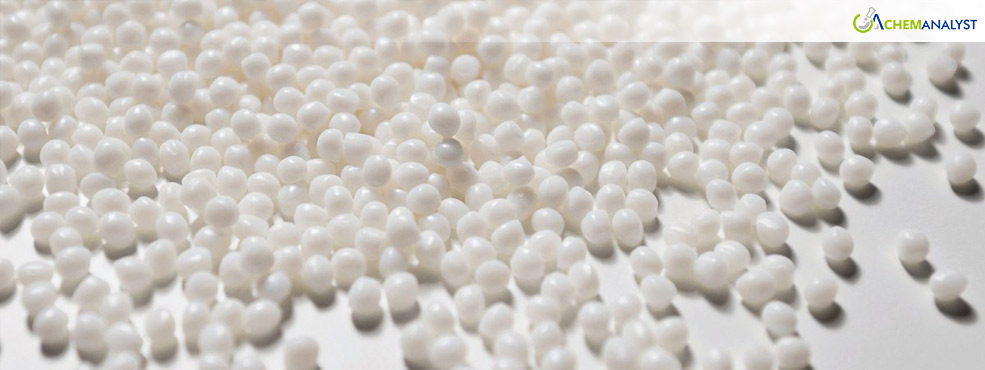Welcome To ChemAnalyst

Polyethylene Terephthalate (PET) prices in the U.S. market remained stable during the first half of November, driven by weak demand from the downstream market and limited feedstock cost pressures. Despite a notable increase in feedstock, Mono Ethylene Glycol (MEG) prices, PET prices held steady at USD 1202/MT FAS Houston for the week ending November 15. This stability was largely attributed to abundant inventory levels, which provided a cushion against cost fluctuations and subdued demand. Manufacturers and traders adjusted their operational strategies to align with these conditions, ensuring business continuity amid ongoing supply chain challenges.
On the demand side, the U.S. PET market exhibited continued weakness, reflecting broader economic pressures. Inflationary trends and reduced consumer spending weighed on downstream sectors, including food packaging and electronics, both of which are major consumers of PET. Manufacturers in these industries adopted cautious purchasing strategies, prioritizing cost management over procurement of new stock.
U.S. Bureau of Labor Statistics reported, the rise in the Consumer Price Index (CPI) by 0.2% in October, consistent with previous months, underscored the persistent economic headwinds. Elevated inventory levels in the PET market further contributed to subdued demand, as traders and manufacturers prioritized depleting existing stock instead of placing fresh orders. These factors collectively dampened PET consumption across key end-user industries, highlighting the market's vulnerability to economic uncertainties.
The PET supply in the U.S. remained ample, supported by low-cost imports from Asian markets. However, supply chains faced disruptions due to labor strikes at key Canadian ports, including Vancouver and Prince Rupert, which impacted the flow of imported goods to western U.S. markets and increased freight costs. Despite these challenges, high inventory levels maintained by domestic traders and manufacturers ensured a consistent supply of PET, mitigating potential shortages.
Additionally, crude oil prices saw a slight uptick during the period, driven by OPEC+'s decision to postpone planned production hikes until January. While this development added pressure to upstream costs, it did not significantly affect PET production expenses due to the prevailing oversupply in the market. The steady PET supply reinforced price stability, even in the face of external logistical challenges and rising costs.
The U.S. PET market showcased notable stability amid economic headwinds, supply chain disruptions, and weak demand. Abundant inventories and low-cost imports were instrumental in maintaining price stability, even as external pressures mounted.
Looking ahead, analysts anticipate that PET prices are likely to remain weak in the near term, with limited support from feedstock costs and continued soft demand from downstream markets. However, the festive season could potentially spur a temporary increase in procurement activities, offering some relief to the otherwise stagnant market.
We use cookies to deliver the best possible experience on our website. To learn more, visit our Privacy Policy. By continuing to use this site or by closing this box, you consent to our use of cookies. More info.
